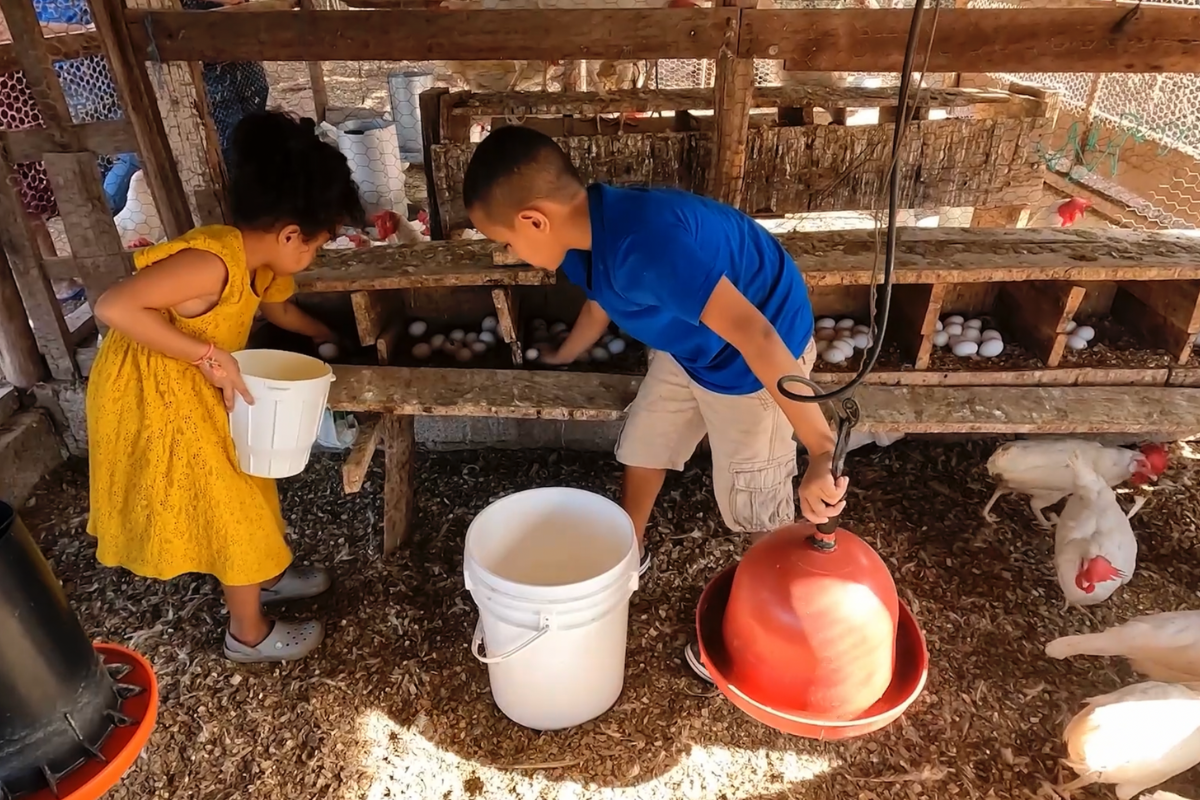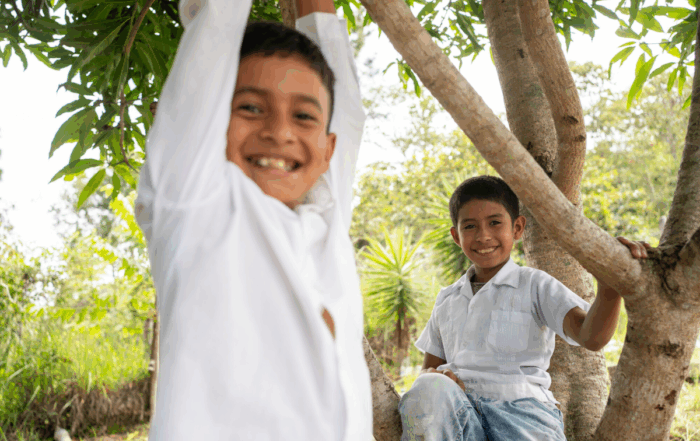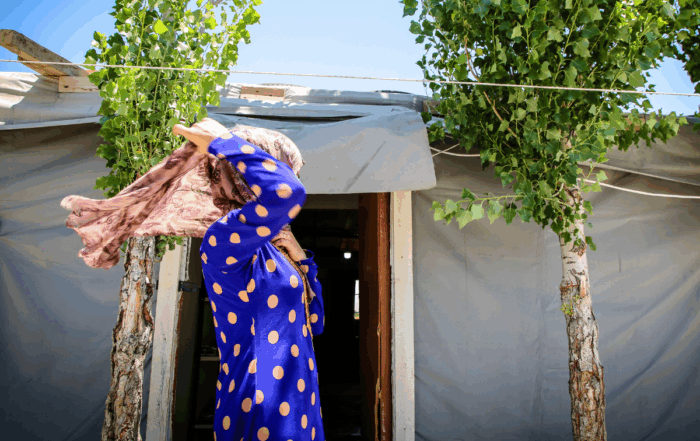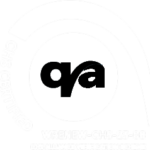How one person’s advocacy can make a difference
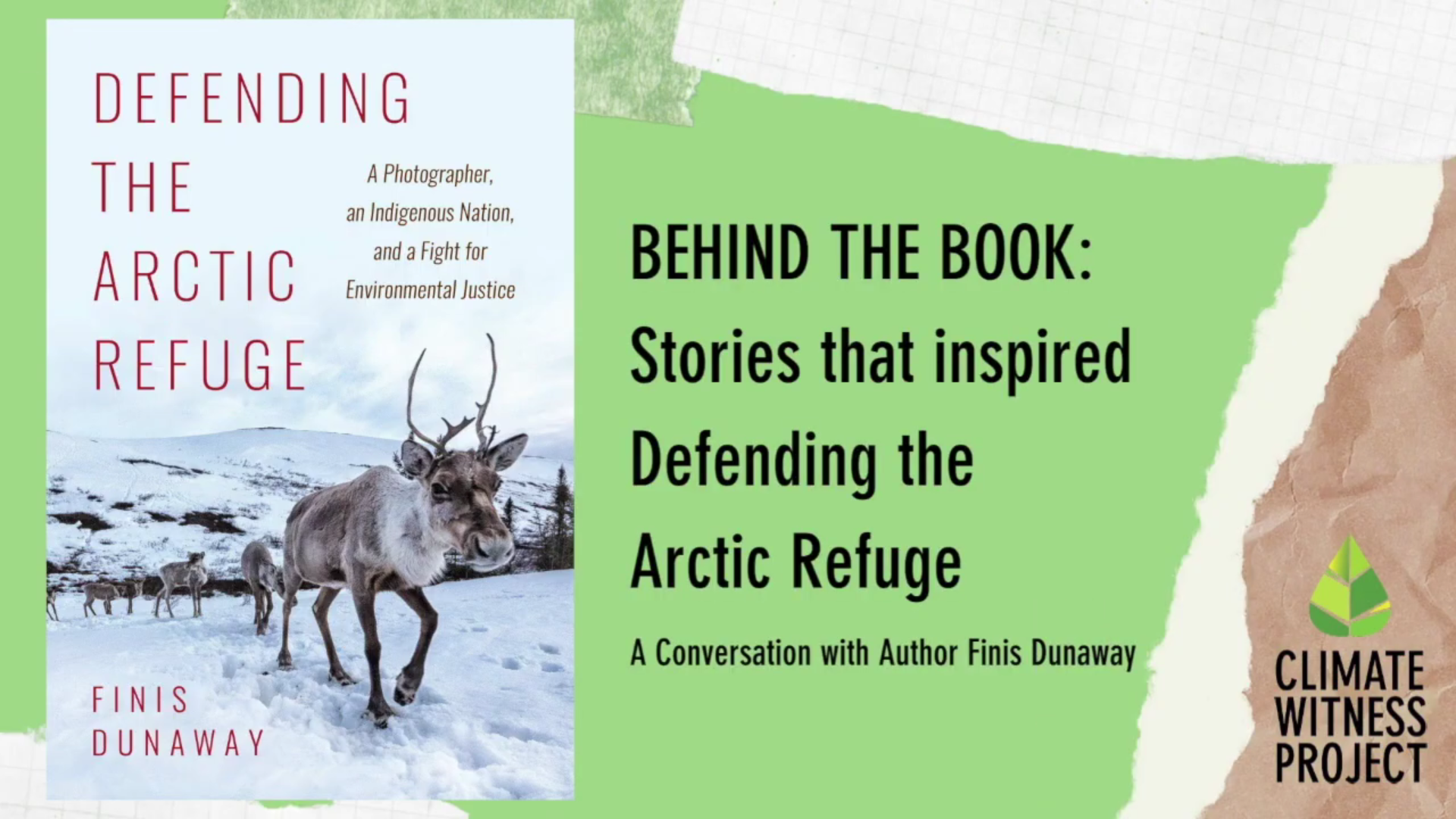
On May 20th, World Renew’s Climate Witness Project had the privilege of hosting a book talk with professor and author Finis Dunaway. His new book, Defending the Arctic Refuge: A Photographer, an Indigenous Nation, and a Fight for Environmental Justice, takes a look at how photographer Lenny Kohm’s grassroots advocacy alongside the Gwich’in people helped protect the Arctic National Wildlife Refuge. The following is pulled from this talk.
For Finis Dunaway, his interest in the Arctic National Wildlife Refuge was sparked many years ago by a photograph. “I’ll never forget that first time I saw this image. It was a poster in a library that caught my eye of the Arctic National Wildlife Refuge by Subhankar Banarjee. I did a Google search, and learned that his photos had originally been exhibited at the Smithsonian, and had fueled a major controversy, because at this time there was an aggressive push to drill in the Arctic Refuge.”
As Dunaway began to research, he discovered that the Arctic National Wildlife Refuge has been the focus of the longest running public lands debate in US history. Oil companies, the State of Alaska, and powerful politicians have tried to drill in the refuge, while environmental activists and Indigenous leaders have struggled to protect this ecosystem from development.
One reason for the fight? The Porcupine Caribou herd. This giant herd currently numbers over 200,000 caribou, and migrates every spring to the Arctic Coastal Plain to have their young. Beyond the caribou herd, bears, wolves, musk oxen and many other wildlife species depend on the Arctic National Wildlife Refuge for survival. The Refuge is important for Alaska and for Canada, but it’s also a trans-national and global place of significance for animals all over the world.
His research took another turn when he came across an article about the Wildlife Refuge by photographer Lenny Kohm. Lenny had recently died, but Dunaway ended up attending his funeral and hearing a tribute that was repeated over and over again: “If it wasn’t for Lenny, there would be drilling in the Arctic Refuge now.” Dunaway was intrigued. “I wondered if this was just the hyperbole at a funeral. But the question gnawed at me: could these low-budget tours have had that much impact in a high profile debate? Could a traveling slide show have protected the Wildlife Refuge?”
Over the next five years, Dunaway began researching Kohm and the story of his activism. As he listened to stories of Lenny’s work, he realized that this photo slideshow represented much more than just an informational talk. “…The Last Great Wilderness show was a remarkable example of citizen democracy and grassroots activism.” And unlike many environmental activists of the day, Kohm’s work went beyond the basic conservation message, with its focus on amplifying the voice of the indigenous people that lived in the Arctic Wildlife Refuge.
The impetus for Lenny’s activism started when the Regan administration was pushing for development of the Wildlife Refuge. As a photojournalist, Lenny traveled to Alaska to take photos to sell to magazines. But while there, he visited two Gwichʼin communities. As he talked to residents, he gained an entirely different perspective on the Arctic Refuge debate. He began to see it as a human rights issue.
“He learned from them that the drilling plan represented a form of colonial violence that threatened their culture and the caribou that travelled through their land. He learned that the place where the caribou gave birth was the exact place where the fossil fuel companies planned to drill. This development would jeopardize the culture, the identity and the food security of indigenous people on both sides of the US-Canada border.”
When Lenny returned home, he threw himself into anti-drilling activism. His work was based on the “trickle up theory of politics.” According to this idea, activists sought to bring local, grassroots attention to the Arctic Refuge in communities across the United States. They believed that local media attention and community awareness of the issue would trickle up to policy makers in Congress, and would have a direct impact on federal policy.
Other groups had been working on conservation of the Refuge, but Lenny’s work reframed the issue for audiences. According to Dunaway, “National environmental groups had rarely emphasized the human rights issues at stake, let alone actually partnering with the indigenous groups who lived there, such as the Gwich’in.” The photo slideshow that he showed around the United States featured the voices of Gwich’in tribal members and shared photos that showed how their lives were integrally connected to the land around them. “He hoped that these photos would play a role in helping the Gwich’in advocate for a future of their own.”
Because of the trust Kohm built with them, many Gwich’in travelled with him to share their story. This allowed those who called the Arctic National Wildlife Refuge their home to be active participants in the struggle. One woman told Dunaway that Lenny’s inclusion of Indigenous people was a game changer. “It was, for me, an intelligent approach to embrace how important the people were and how connected we are with the caribou. He was part of us. He listened and he engaged in a very respectful way. Lenny’s work was distinctive.”
In September 1991, many observers were surprised when the United States Senate voted to scuttle the energy bill that would have allowed drilling development in the Arctic National Wildlife Refuge. The grassroots activism around this issue – including Lenny’s slideshow tours – was given much of the credit for preserving the Refuge.
Dunaway related a conversation he had with Chief Joe Linklater, a Gwich’in representative from Canada who traveled with Kohm on several tours. “He said, ‘If it wasn’t for him, there would be oil development in the Arctic right now.’ You think so?” I asked. ‘I don’t think so, I know so,’ he replied. ‘Imagine if Lenny had never done that work?’”
The story of Kohm’s impact on federal policy shows how powerful faithful advocacy can be. Has God called you to advocate for environmental justice? Partner with us at Climate Witness Project as we work together for common sense climate policy that will benefit the earth, people around the world who are poor and vulnerable, and future generations.
You can watch the whole presentation on the Climate Witness Project’s YouTube channel.
MORE STORIES AND NEWS
Gift Catalogue: 4 Ways a Chicken Helps a Family
4 Ways a Chicken Helps a Family December 17, 2025 4 Ways a Chicken Helps
Gift Catalogue: Which Item Matches Your Personality?
Which Item Matches Your Personality? December 1, 2025 Which Item Matches Your Personality? December
16 Days of Activism: Lilia’s Journey to Self-Confidence
Lilia’s Journey to Self-Confidence November 25, 2025 Lilia’s Journey to Self-Confidence November 25, 2025

